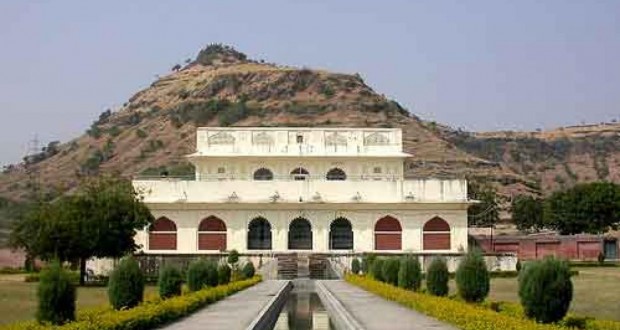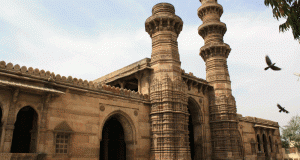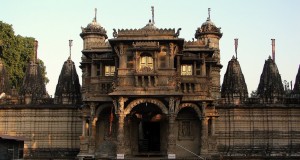The rugged state of Maharashtra, with over 500 km (310 miles) of coastline, is separated from the dry Deccan plateau by the Western Ghats. Forts dominate the coastal hilltops of this area, which was once the heart of the mighty Maratha empire which ruled much of central India and presented the Mughals with their stiffest resistance. Of the great towns of the Deccan, Pune was once a Maratha capital; later a major military cantonment and the British summer capital of Bombay Presidency. Earlier, between the 3rd and 13th centuries AD, kingdoms rose and fell including the great Kalachuri, Rastrakuta and Chalukya dynasties. The Deccan was on major trade routes between central India and the coast, and received visits from communities of wandering monks—Buddhist, Hindu and Jain—who were among the most skilled sculptors and painters India had ever seen.With patronage from the local kingdoms they immortalised their devotion in stone, creating the most beautiful examples of rock-cut cave architecture, and then they left. For hundreds of years, their achievement lay buried and forgotten. Then. quite recently, they were rediscovered—living masterpieces in stone, completely untouched by time.
The main three centres of sculpture plot the history of religion and architecture in ancient India. Aurangabad has its own caves, raw and primitive, situated on a high hillside shelf—but is more noted as a historical city full of Mughal monuments, and for its famous silks. The caves of Ellora are the finest rock-cut examples in the world, and ‘point to a singular harmony existing between the leading three faiths (Hindu, Buddhist and Jain) of the period. But it is Ajanta’s caves, full of magical frescoes and wall-paintings—still fresh after all these centuries—which inspire the most wonder and admiration. Here, in the depths of a forgotten wilderness, an essential part of India’s spiritual and cultural heritage lives on. Other caves dating from the 2nd century BC are found at various places in the Western Ghats.
Season: September to March.
Climate: 22°-39°C (summer); 12°-34°C (winter).
Route duration: 4-8 days.





